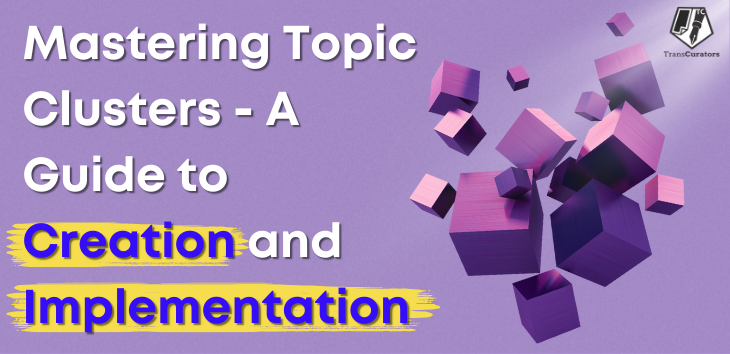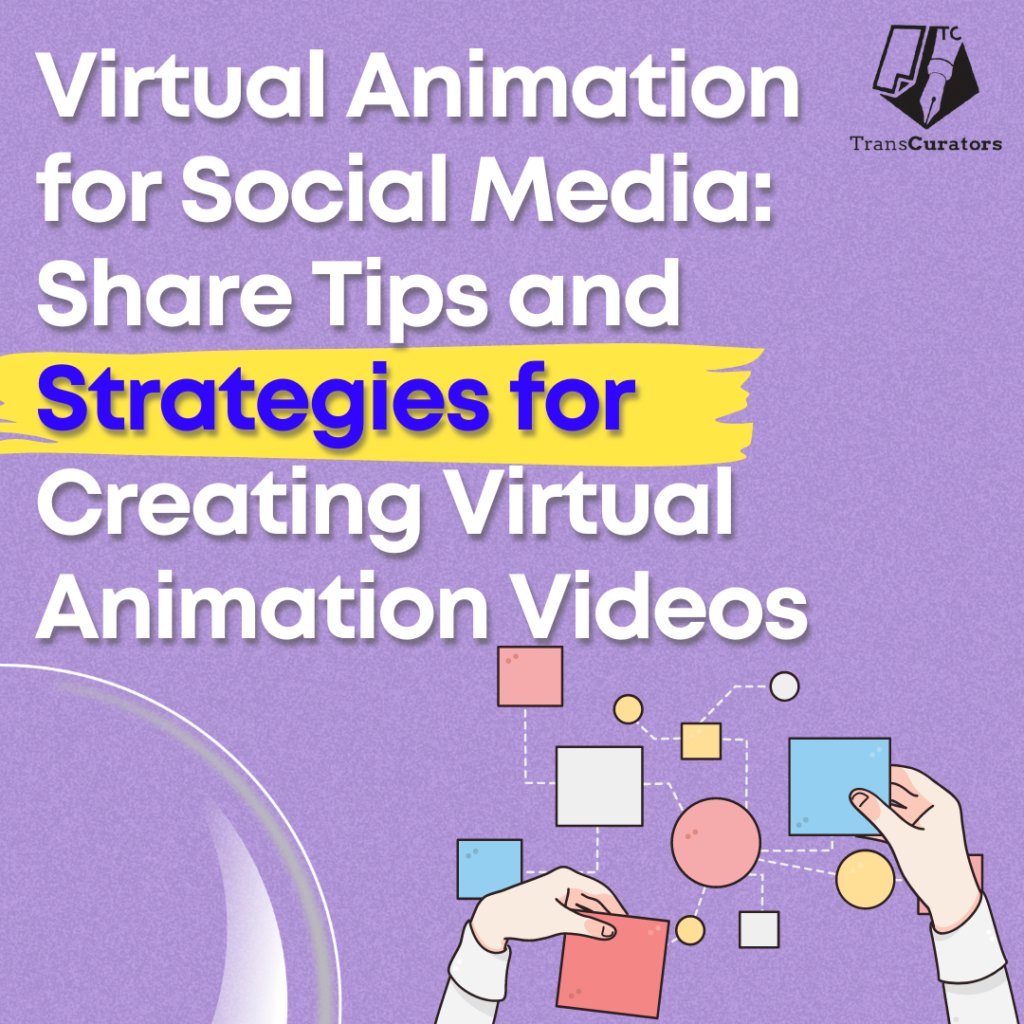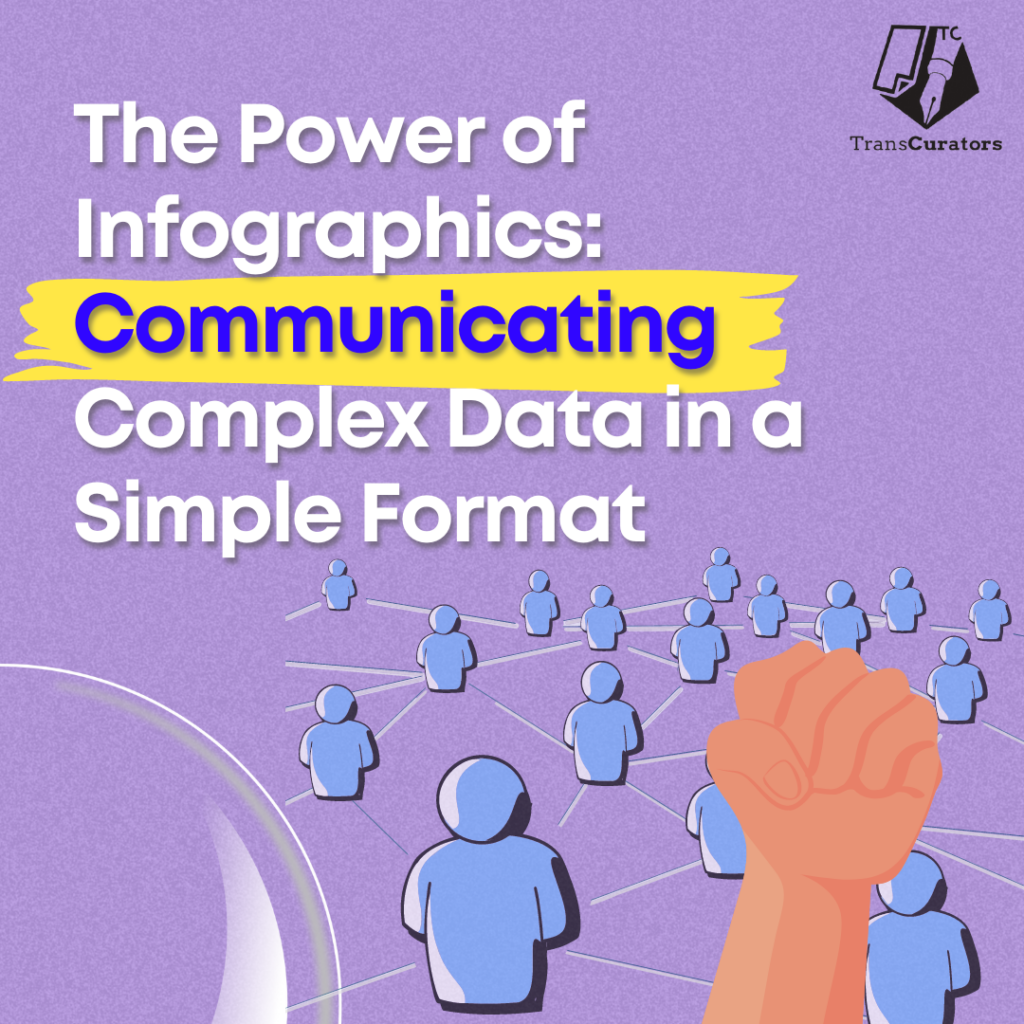What Is Proofreading? Essential Tips for Error-Free Writing
Proofreading is the final polish of the masterpiece of your writing. Imagine you’ve written an engaging narrative, an informative essay, or a critical report. However, little flaws exist in the text, ready to ravage your credibility. Proofreading is a mindful method that identifies these errors and guarantees your words are clear and professional. It’s the critical step that elevates decent writing to excellent writing, catching and maintaining your reader’s attention with flawless execution. Dive into the depths of proofreading and witness how careful attention to detail can take your content to new heights. What is Proofreading? Proofreading is an essential step in writing that assures your work is correct, readable, and professional. It is the final step of the creation process, where you carefully review a text to correct any grammar, spelling, punctuation, and formatting errors. Proofreading ensures that the document is polished and ready for publishing or submission. Unlike editing, which aims to improve the overall quality of writing by improving clarity, coherence, and organisation, proofreading focuses on little errors that might affect the professionalism of your work. Proofreading vs. Editing While proofreading and editing have a close relation, they serve distinct functions. Editing upgrades the overall quality of the writing. It includes improving the structure, increasing clarity, and ensuring the information is consistent and logically organised. Editing involves making significant changes to the text, such as rewriting sentences, rearranging paragraphs, and adding or eliminating information. On the other hand, proofreading is the last step in the editing process to identify surface-level problems. It makes no significant changes to the content but guarantees that the text is free of spelling, grammatical, punctuation, and formatting errors. Both editing and proofreading are essential in the writing process, but they cover different aspects of the content. The Purpose of Proofreading Proofreading yields several essential functions. First, it guarantees the accuracy of your text. Even the most skilled writers can overlook tiny flaws in the early phases of writing. If they are checked, these errors can distract readers and weaken the credibility of your content. Proofreading detects these flaws and ensures that your writing is error-free. Second, proofreading increases readability. It helps make your information more understandable and fixes punctuation and grammatical problems. Correcting these errors improves the flow and consistency of your writing, making it easier for readers to comprehend your argument or narrative. Lastly, proofreading contributes to maintaining a professional tone. Making mistakes can give the impression that you are careless or unprofessional, whether you are drafting a blog post, business report, or academic paper. By providing them with professional, error-free writing, proofreading shows your audience that you value their time and take your job seriously. Key Elements of Proofreading Proofreading is compulsory in writing, which involves thoroughly reviewing a document to find and fix errors. These errors are often linked to grammar, spelling, punctuation, syntax, formatting, or consistency. The purpose of proofreading is to guarantee that the work is polished, professional, and free of errors which may affect its readability or credibility. To accomplish this, one needs to emphasise numerous essential aspects of proofreading. Here’s a detailed look at these elements: 1. Grammar Grammar relates to the rules and structures governing the construction of sentences, phrases, and words in any language. Searching for grammatical errors, such as subject-verb agreement, appropriate tense usage, and sentence structure, is critical when proofreading. Misplaced modifiers, fragments, and run-on sentences all fall under this group. Ensuring grammatical correctness helps to make the content concise and comprehensible. 2. Spelling Spelling errors may seriously impair the trustworthiness of a paper. Proofreading should include a comprehensive spell-check, but relying entirely on automatic spell-checkers is not recommended. Some mistakes can go unnoticed since they create acceptable words (e.g., “there” vs “their” vs “they’re”). Therefore, human inspection is critical for identifying homophones and other context-specific spelling errors. 3. Punctuation Punctuation marks play an important part in expressing the intended meaning of sentences. Commas, periods, semicolons, colons, dashes, and apostrophes must be appropriately used. Misplaced punctuation can alter the meaning of a sentence or lead to confusion. For example, omitting a comma or placing it incorrectly might cause the intended message to be misunderstood or misinterpreted. The flow and comprehension of the content rely heavily on the consistent and precise use of punctuation. 4. Consistency Consistency in writing involves maintaining uniformity in style, language, and layout throughout the piece. This includes proper capitalization, abbreviations, numbers (writing out vs. numerals), and date formats. For example, if you capitalise job titles in one text section, ensure this practice is followed. Similarly if American English is used, avoid mixing it with British English spelling. 5. Formatting Formatting problems can make a document appear unprofessional and distract the reader. Proofreading should include checking for uniformity in font styles and sizes, alignment, margins, spacing, and header styles. This also guarantees that bullet points, numbered lists, and indentations are applied consistently. Proper formatting enhances the document’s visual appeal and readability. 6. Syntax Syntax is the arranging of words and phrases to produce well-formed sentences. Poor syntax might result in more apparent or more confusing sentences. Proofreading should include reviewing sentence structure to ensure each sentence is clear and concise. To ensure that the sentences make sense and flow from one to the next, you must look out for odd wording and misplaced words. 7. Typographical Errors Typographical errors, or typos, are prevalent in all documents and may detract readers. These include duplicated words, missing words, and incorrect characters. Proofreading should consist of a mindful read-through to find and rectify small but significant errors. 8. Readability The most important aspect of proofreading is ensuring the content is simple to read and understand. This entails ensuring that jargon and complex terms are used correctly and that the sentences and paragraphs are brief. Readability can significantly increase by breaking up long paragraphs and simplifying complicated sentences. Determining your document’s readability level can be improved using resources such as the Flesch-Kincaid readability test. 9. Fact-Checking Although proofreading is mainly concerned



